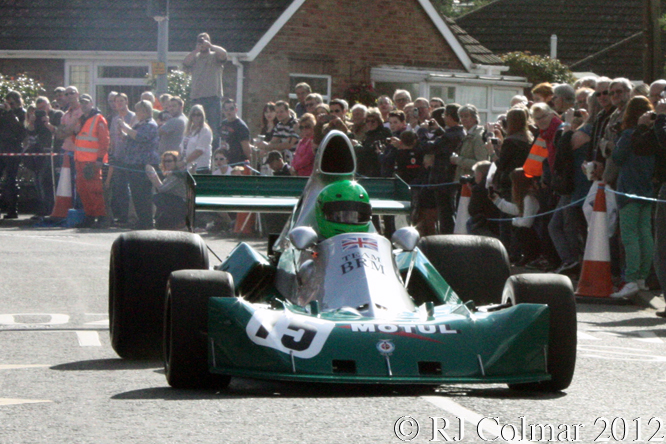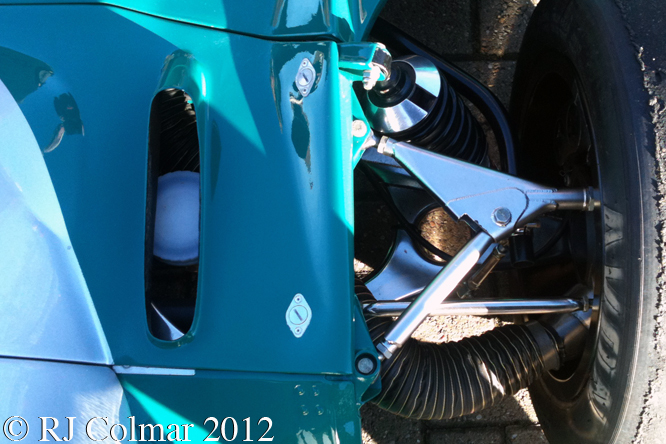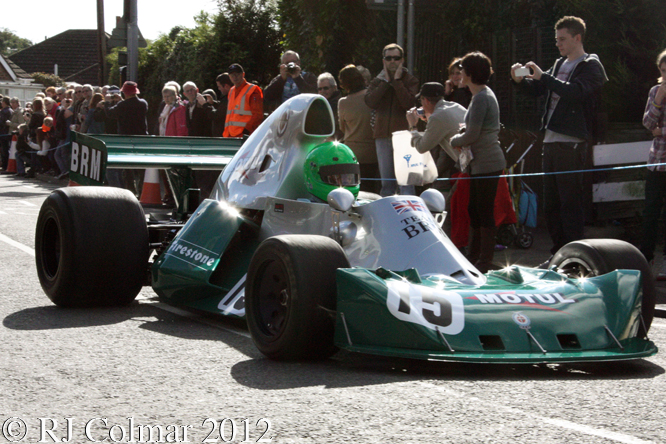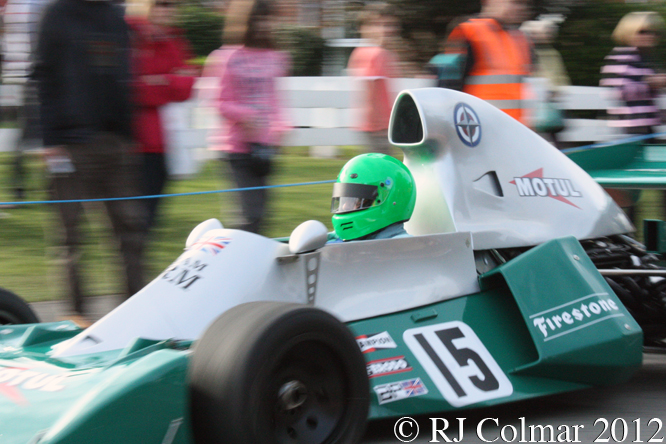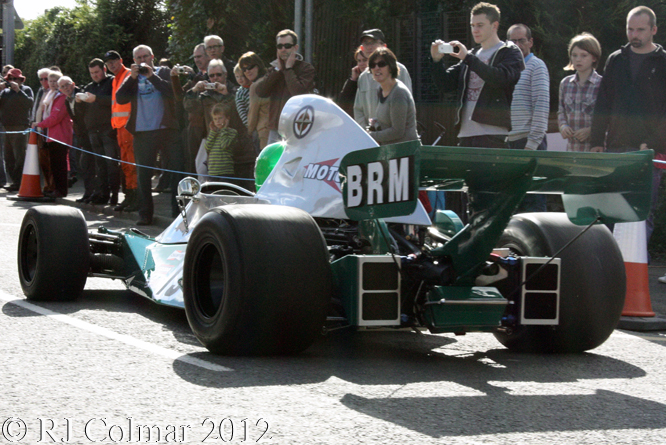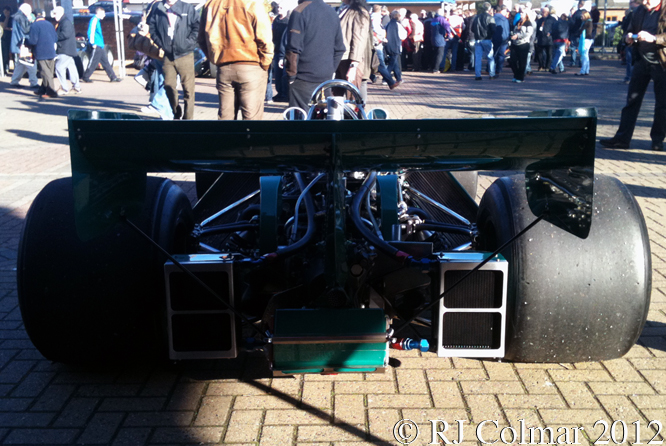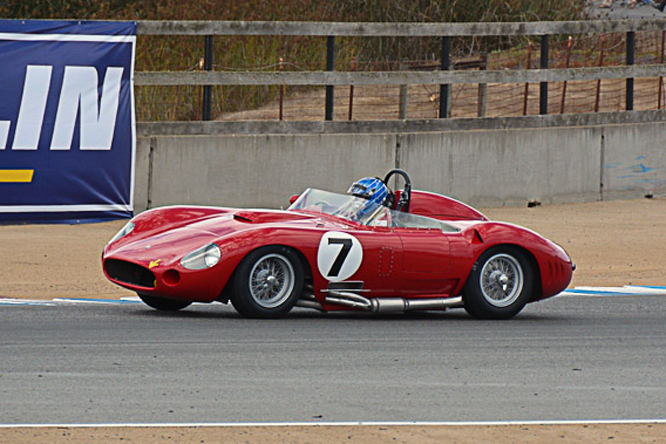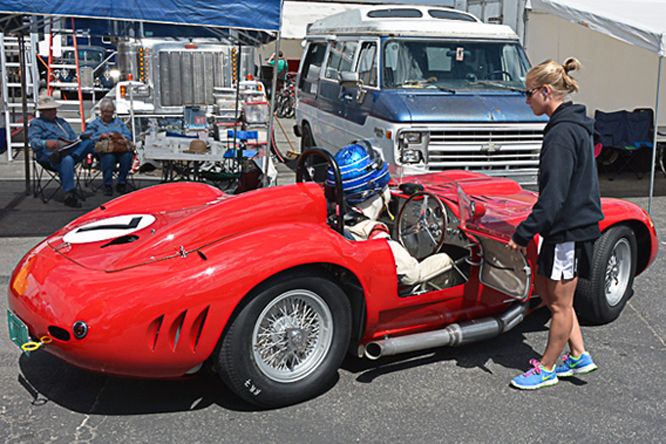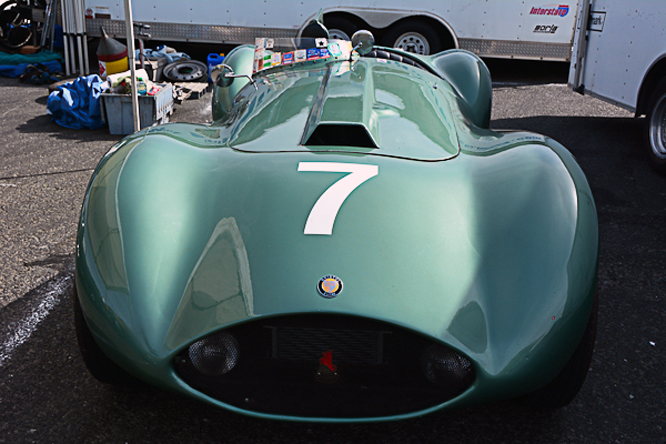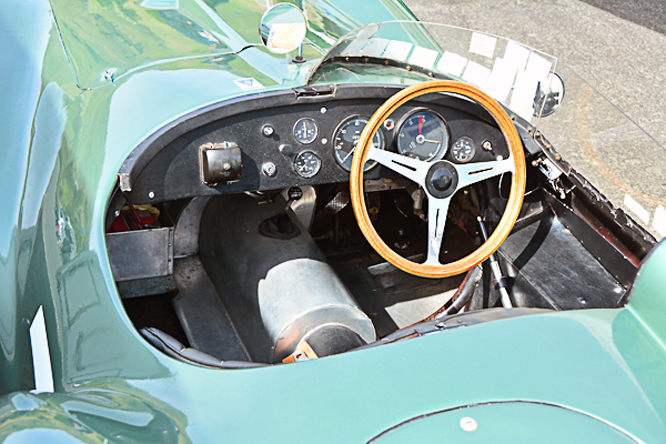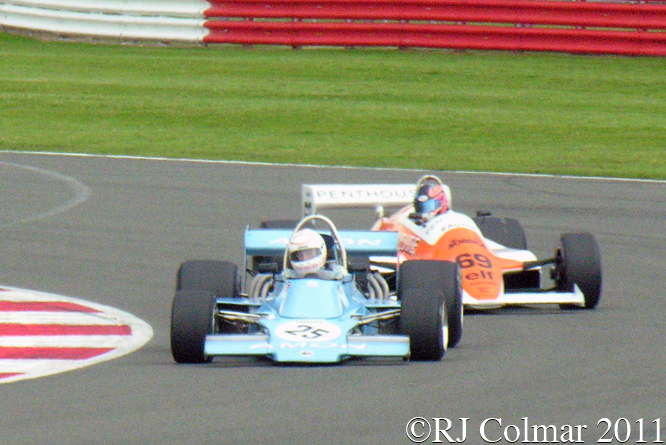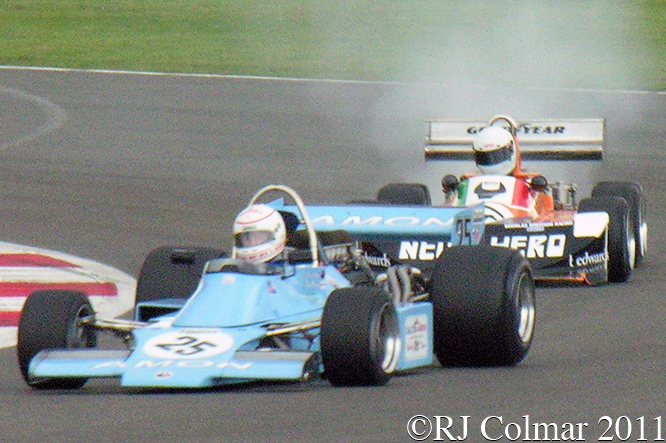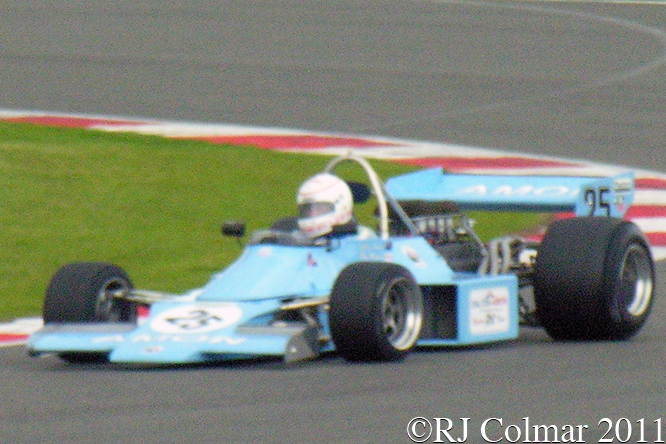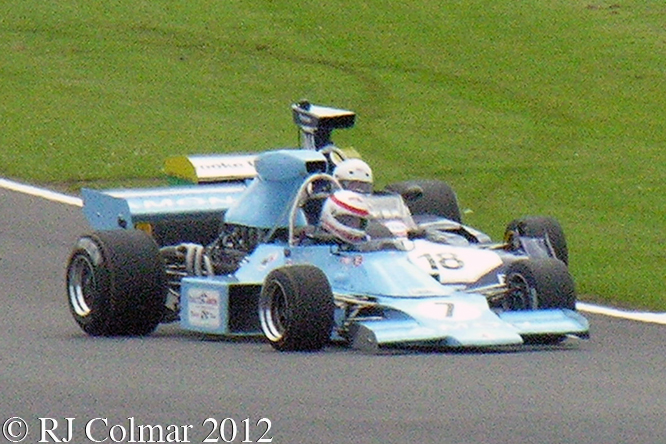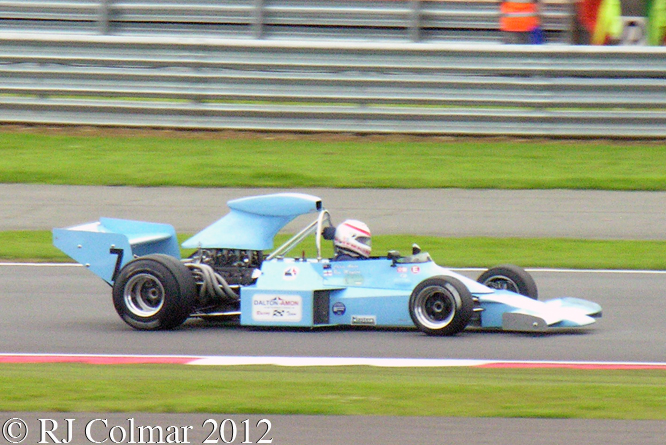After a dismal 1973 season in which BRM did not even mange to clock up a non championship victory the team lost their primary sponsor, Philip Morris, to McLaren.
However Louis Stanley who managed the team for longtime BRM backers Rubery Owen managed to put a deal together for Frenchman Jean Pierre Beltoise, Henri Pescarolo and Francois Migault to drive for BRM in 1974 with backing from the French oil company Motul.
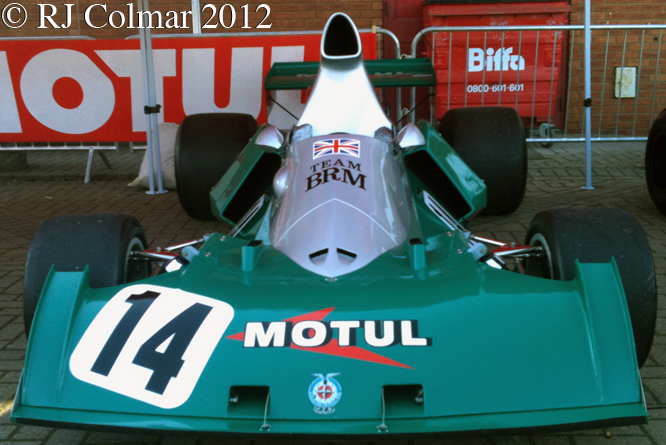
The Motul deal was interesting because all three drivers were also members of Matra’s dominant sports car team which won at Le Mans and the 1974 World Sports Car Championship who were sponsored by rival company Shell.
Not only that but in agreeing to finance three drivers at BRM Motul reneged on a deal that was to have brought Ron Dennis and Niel Trundle into Formula One as team owners of Rondel Racing. The Rondel car was sold on to become first the Token and later the Safir while Dennis and Trundle eventually teamed up to take over McLaren in 1981.
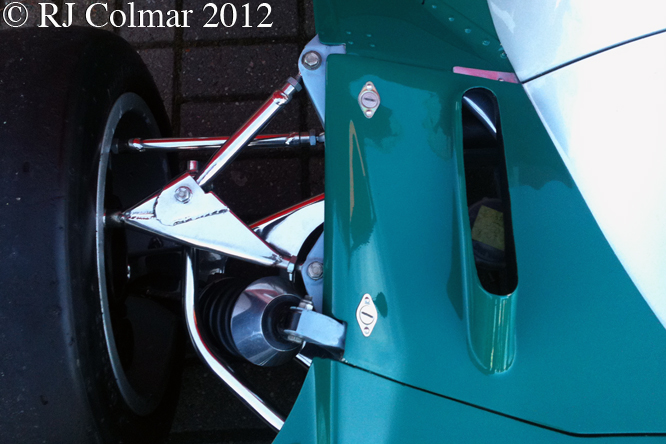
Plans for the 1974 BRM challenger were started in 1974 when Bourne resident Mike Pilbeam was entrusted with the design of the new car which shows a combination of influences including the triangulated cross section of the monocoque as first seen in Gordon Murray’s 1973 Brabham BT42, side radiators and all round inboard brakes as first seen on the 1970 Lotus 72 and an airbox that might not have looked out of place on the 1973 Championship winning Tyrrell 006.
While in no obvious way original the striking P201 did differ from all of those that influenced it’s design in one important aspect namely in the engine bay where a revamped BRM V12 with new narrow angle 48 valve heads was to be found said to capable of 460hp at 11,000rpm in place of the Cosworth DFV which powered the rest of the field apart from Ferrari.
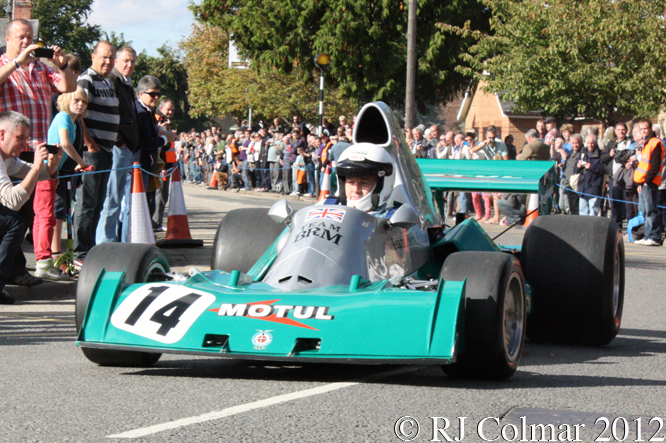
Jean Pierre Beltoise was the first to be allowed to dump his aging P160 to give the P201 it’s debut in the 1974 South African Grand Prix where he qualified a respectable 11th and lasted the distance in a race noted for a high rate of attrition to finish a credible 2nd 33 seconds down on Carlos Reutemann who won the first race of his career aboard the Brabham BT44.
BRM went on to score just two more points in it’s long and turbulent history at the Belgian Grand Prix where Beltoise came home 5th. The rest of the year was a disaster for BRM with Pescarolo scoring a best tenth place finish at the German Grand Prix in his 201 which did not appear until Swedish Grand Prix.
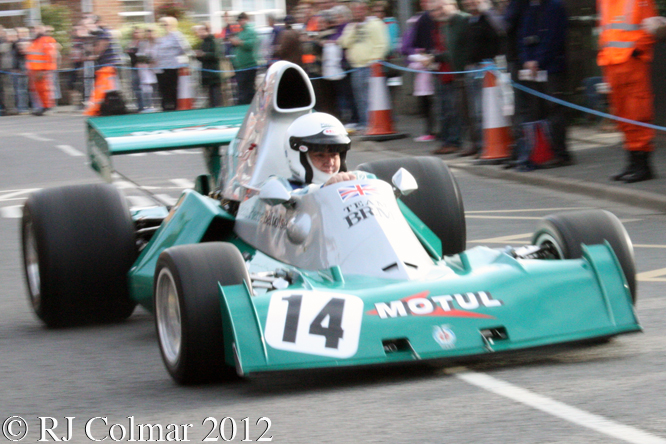
Francois Migault only had two starts in the P201 in Holland and Italy retiring from both races. The Italian Grand Prix the only one in which 3 P201’s started marked a particularly low point for the team as all three cars were out by the end of the fourth lap.
The Italian Grand Prix marked the last appearance for both Henri Pescarolo and Francois Migault for BRM at the season ending Canadian and US Grand Prix they were replaced by Chris Amon who’s own 1974 programme had come to a halt with a failure to qualify in Italy.
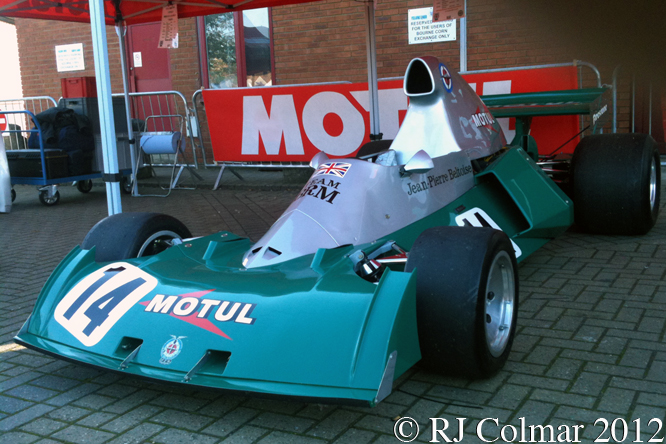
The Canadian Grand Prix neither car covered sufficient distance to be classified with Amon starting from the back of the grid lasting ten laps longer the Beltoise who started 17th and retired on lap 60.
At the US Grand Prix Beltoise disgraced himself in qualifying by trying to go to quickly too soon damaging his car and injuring himself on what proved to be his final run in a World Championship Grand Prix while Chris qualified 12th and finished 9th two laps down on Carlos Reutemann’s winning Brabham BT44.
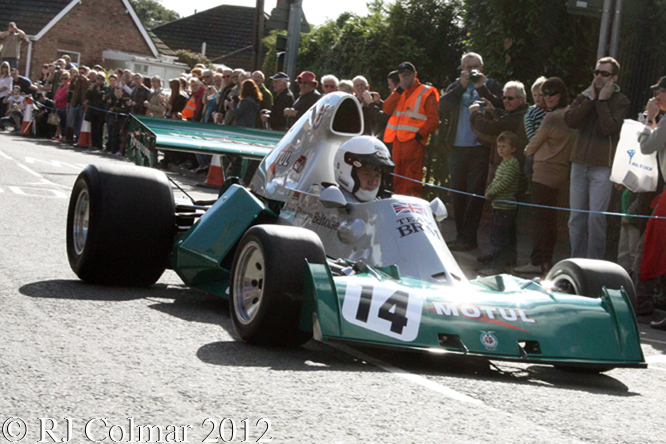
At the end of 1974 Rubery Owen pulled the plug on BRM, after initial BRM backer Alfred Owen had died earlier in the year. This should have meant the end of BRM but some how Louis Stanley managed to save the team going into the 1975 season.
Mike Wilds with an independent backer sponsoring him got the single Stanely BRM entry for the two early season South American races but retired his P201 from both.
1974 European Formula 5000 champion Bob Evans was then given the drive achieving a best 6th place finish in the non Championship Race of Champions before the Stanley BRM’s 1975 season fizzled out prematurely at the Italian Grand Prix.
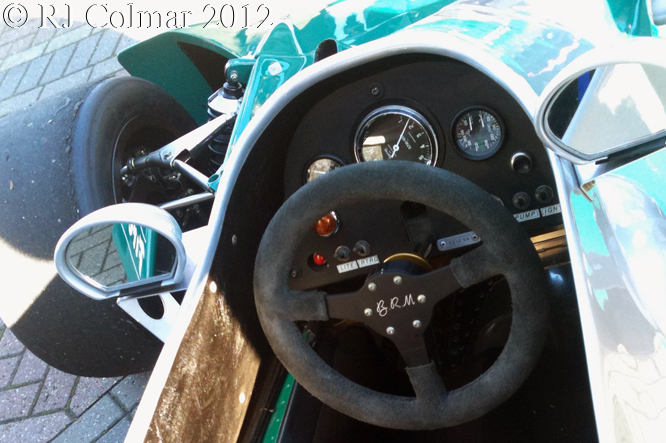
Not knowing how to disappear gracefully the Stanely BRM P201 appeared at the 1976 Brazilian Grand Prix with 1973 European Formula 5000 champion Ian Ashley at the wheel after qualifying 21st Ashley retired with oil pump failure after 2 laps. Allegedly this entry was made simply to continue BRM’s record of entry each year since 1950.
For 1977 the Stanely BRM fiasco continued with a new model the P207 which was packed into a crate to big to be air freighted to the Argentinian Grand Prix, after retiring from the Brazilian Grand Prix in the new P207 Larry Perkins was given a run a P201 for the 1977 South African Grand Prix qualifying 22nd Larry brought the P201 in 15th on what would be the models final World Championship Grand Prix appearance.
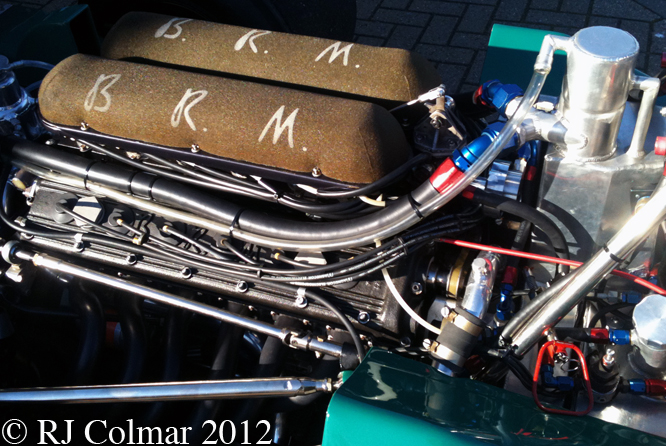
Stanley BRM soldiered on for the remainder for the remainder of the season until disappearing for good from the World Championship circuit at the Italian Grand Prix.
Most of Stanley BRM were acquired by cereal millionaire John Jordan in 1978, and a new car the Jordan BRM P230 was built for British Championship events with the P207 also appearing in the same series.
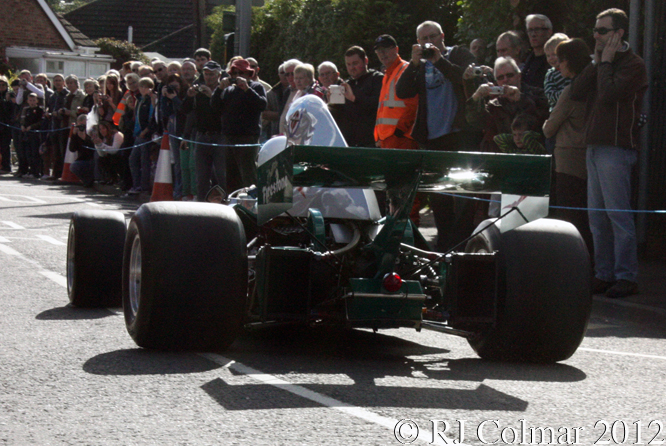
Today’s featured car BRM P201/1 seen at BRM Day in Bourne a couple of years ago is owned by Bruce McCaw, the driver was listed as TBA and his identity has yet to be established though we can say it is definitely not Bruce.
Thanks for joining me on this “Rubery Owens Last Stand” edition of “Gettin’ a li’l psycho on tyres” I hope you will join me again tomorrow when I’ll be looking at another Maserati 250F. Don’t forget to come back now !
